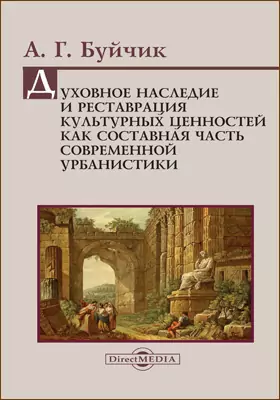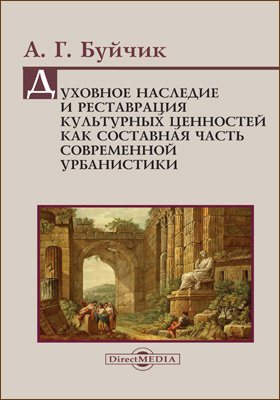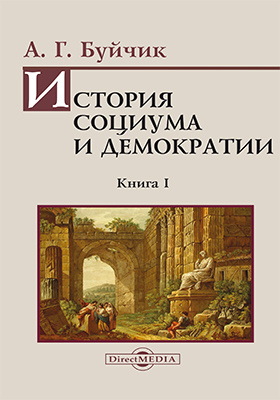Духовное наследие и реставрация культурных ценностей как составная часть современной урбанистики : сборник статей
Место издания: Москва|Берлин
ISBN: 978-5-4475-4819-3
Страниц: 21
Артикул: 7501
Краткая аннотация книги "Духовное наследие и реставрация культурных ценностей как составная часть современной урбанистики"
Тенденции последних десятилетий — реконструкция и восстановление ценностей культуры прошлого. Реставрация культурного наследия давно заняла свое место в современной урбанистике. Именно через восстановление значимых объектов культурного наследия можно осуществить преемственность российской культурной традиции с тенденциями нового тысячелетия. Материалы сборника описывают технологии данных процессов, поднимают актуальные проблемы, возникающие при реставрации, показывают перспективы развития урбанистики.
Содержание книги "Духовное наследие и реставрация культурных ценностей как составная часть современной урбанистики"
Реставрация как процесс духовного восстановления городской среды
Restoration as the process of urban environmental spiritual renewal
Педагогический аспект культурного наследия: новое восприятие
Pedagogical aspect of cultural heritage: new perception of restoration
Геополитическая историческая ценность крепости «Ниеншанц» для Российского государства
Geopolitical and historical importance of the fortress of Nyenschantz for the Russian state
Все отзывы о книге Духовное наследие и реставрация культурных ценностей как составная часть современной урбанистики : сборник статей
Отрывок из книги Духовное наследие и реставрация культурных ценностей как составная часть современной урбанистики : сборник статей
The fortress of Nyenschantz was built by the Swedes in 1611 to control the territory of Izhora River and water-way on the Neva. 35–40 years later there was a trade town with the population of 220 houses, shipyard and levee near the fortress. So attractive position of the town gave rise to union between local merchants and the Sweden king of Carl XII. The merchants needed new territories to trade and the king needed money to fight against Russia. Just that union became financial and political basis of the Northern War started in 1700. As a result, Peter the Great was obliged to solve difficult strategic problem to capture two well-fortified fortresses in the mouth of the Neva including Nyenschantz. Occupation of the for-tress opened a way to the Finnish Gulf and the Baltic Sea and gave opportunity to start active trade with the countries of the Baltic and Scandinavia when northern Russian town was even not built. So the fortress of Nyenschantz and ad-joining trade town had double geopolitical reason for Russian state — strategic and geo-economic. The Russian Army under the command of general field marshal Boris P. Sheremetiev came to the fortress and laid siege it in 24–25 of April, 1703. One week later, after re-fusal of fortress commandant to surrender it at 19 o’clock, shelling of 20 guns was started and continued during the night. The powder magazine was blown up by successful direct hit that meant the siege finish. The fortress capitulat-ed and was passed on Russian State’s possession. So the issue is one passing through generations and epochs: what is more valuable in respect of history and pat-riotic education for St Petersburg and the history of the Russian State – safeguarding of the cultural memorial of Nyenschantz and other similar cherished objects or con-struction of modernistic megalith in the style of Imperial Hi-Tec...
С книгой "Духовное наследие и реставрация культурных ценностей как составная часть современной урбанистики" читают
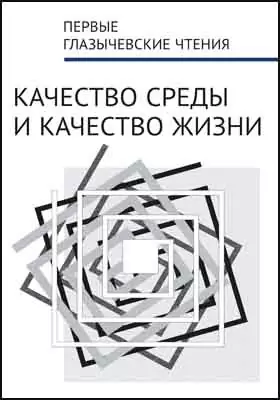


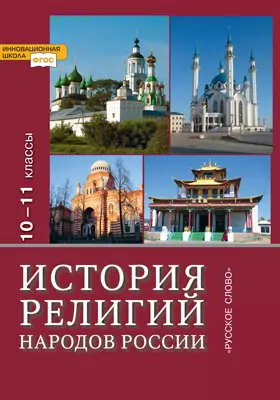

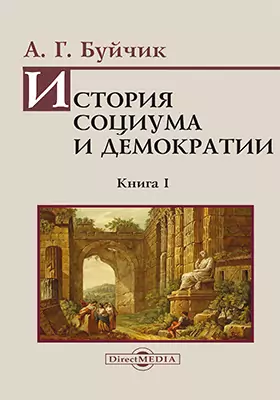
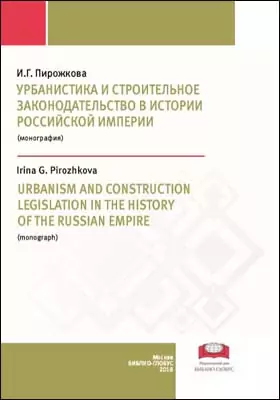
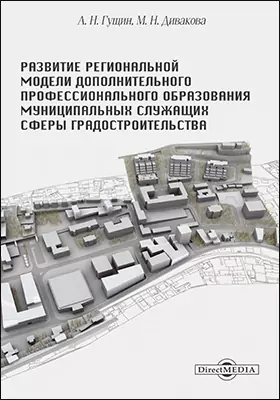
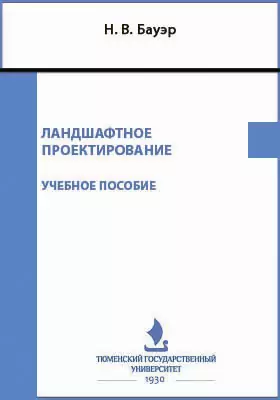

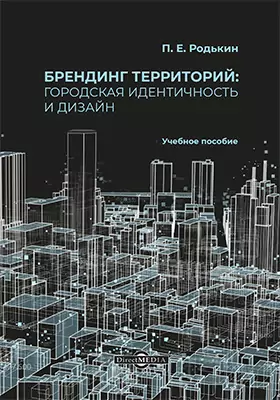
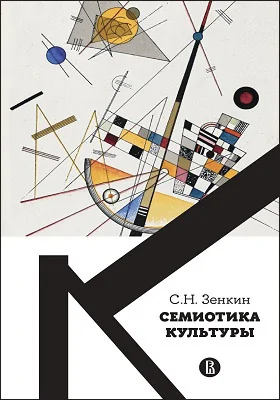


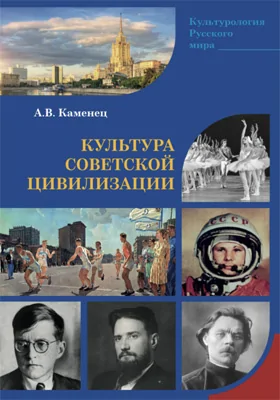
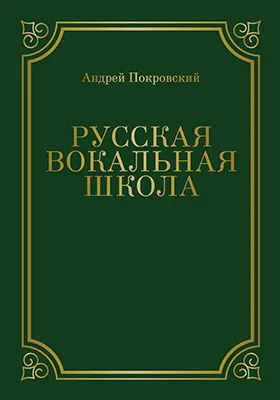
Бестселлеры нон-фикшн


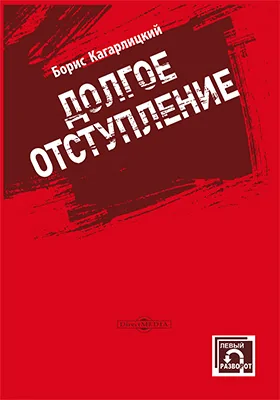
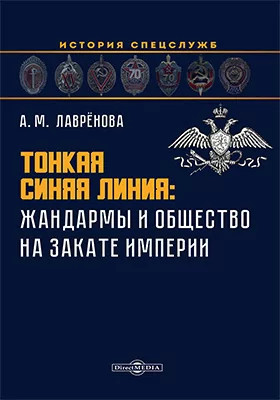

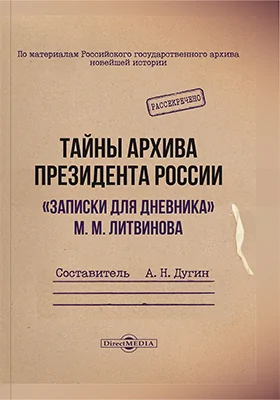

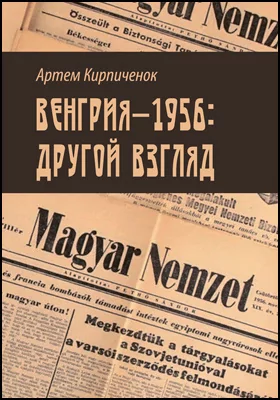
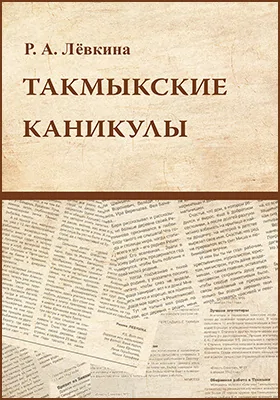


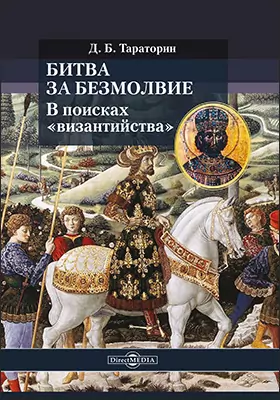

Новинки книги нон-фикшн



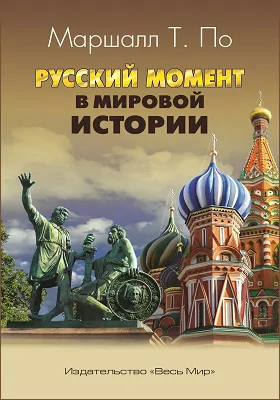



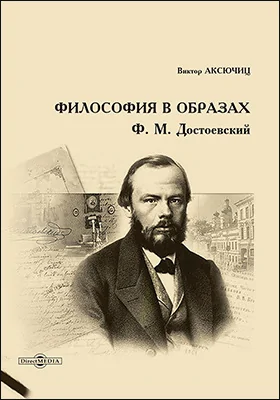

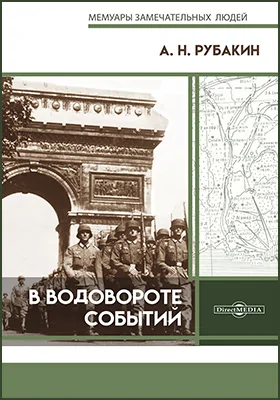

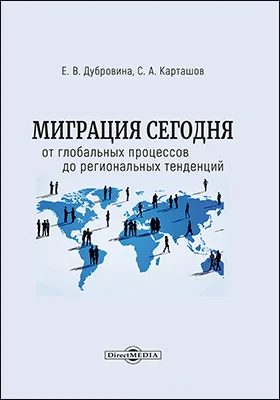

Буйчик А. Г. другие книги автора
и мы свяжемся с вами в течение 15 минут
за оставленную заявку

